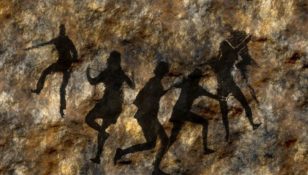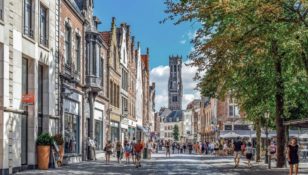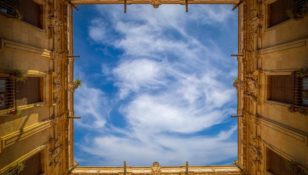Festival Danmark: En Upptäcktsresa Genom Landets Upplevelser
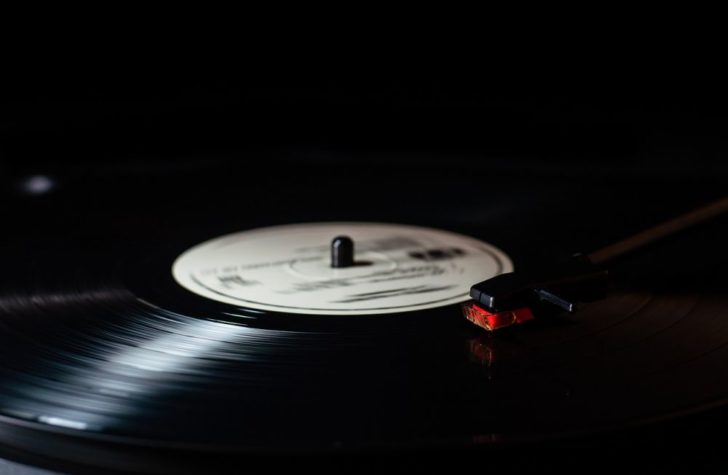
Festival Danmark En Upptäcktsresa Genom Landets Upplevelser
Introduction
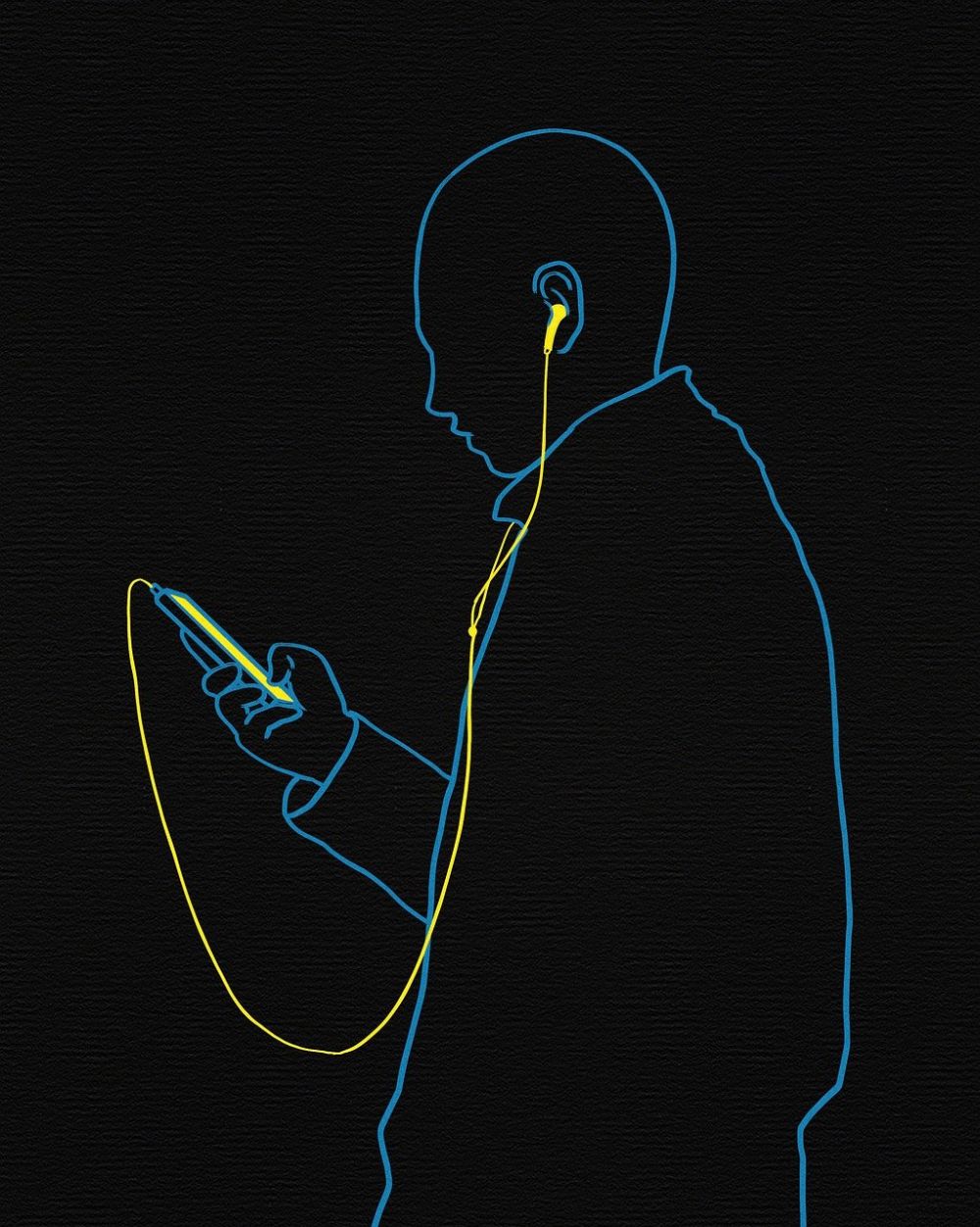
Festival Danmark offers a vibrant and diverse range of experiences for festival-goers. This article aims to delve into the world of festivals in Denmark, providing a comprehensive overview, discussing different types of festivals, their popularity, quantitative measurements, variations among festivals, and a historical analysis of their pros and cons. Whether you’re a music enthusiast, a food lover, or a culture aficionado, there’s a festival in Denmark that caters to your interests.
Festival Danmark – A Thorough Overview
Festival Danmark is an umbrella term encompassing a myriad of festivals taking place throughout the country. From large-scale music festivals to intimate cultural gatherings, Denmark offers a diverse range of events that attract both locals and international visitors. These festivals serve as a platform for artists, musicians, chefs, and cultural enthusiasts to showcase their talents and promote Denmark’s rich heritage.
A Comprehensive Presentation of Festival Danmark
1. Music Festivals
Denmark boasts a vibrant music scene, attracting renowned artists and bands from around the world. Roskilde Festival, one of the largest and most iconic music festivals in Europe, captivates thousands of festival-goers every year. Other notable music festivals include NorthSide Festival, Tinderbox, and Copenhell, each with its unique atmosphere and lineup.
2. Food Festivals
For food lovers, Denmark’s culinary festivals are a true feast for the senses. Aarhus Food Festival, Copenhagen Cooking, and Taste North Zealand are among the popular gatherings that celebrate Danish gastronomy and showcase local and international culinary talents. These festivals highlight Denmark’s commitment to sustainable and innovative food practices.
3. Cultural Festivals
Denmark’s cultural festivals offer a glimpse into the country’s rich heritage. Copenhagen Jazz Festival, Distortion, and Aarhus Festuge are just a few examples of events that bring together artists, performers, and cultural enthusiasts. These festivals showcase music, dance, theater, and visual arts, creating a dynamic and engaging cultural experience.
Quantitative Measurements of Festival Danmark
Festival Danmark’s impact can be measured through various quantitative factors:
1. Attendance and Economic Impact
Each year, thousands of people flock to festival sites across Denmark, contributing to the local economies. Quantifying the number of attendees and the economic impact of these festivals provides valuable insights into their significance within the country’s tourism and entertainment sectors.
2. Social Media Reach
Utilizing social media platforms, festivals generate buzz and engage with attendees before, during, and after the event. Monitoring social media reach, such as the number of mentions, likes, and shares, offers a quantitative measure of a festival’s online influence and audience engagement.
3. Environmental Sustainability
Measuring a festival’s ecological footprint and its efforts towards sustainability is essential. Quantitative metrics such as waste management, energy consumption, and carbon emissions help evaluate the environmental impact of these gatherings and prompt ongoing initiatives for improvement.
Exploring the Variations Among Festival Danmark
Festival Danmark encompasses a wide spectrum of themes, atmospheres, and target audiences. These variations can be observed in factors such as:
1. Size and Scale
Some festivals, like Roskilde, attract massive crowds and span several days, while others, like Solvang Festival, cater to a smaller, more intimate audience. The size and scale of festivals greatly influence the overall experience and atmosphere.
2. Genre and Theme
From rock and pop music festivals to culinary and cultural celebrations, Denmark offers a diverse range of festival genres. Each festival has its own unique theme, allowing attendees to explore specific interests and passions.
3. Location and Setting
Festival Danmark takes place in various locations across the country, including cities, parks, and even coastal areas. The choice of location contributes to the overall ambiance and atmosphere of each festival.
A Historical Analysis of Pros and Cons for Festival Danmark
1. Pros of Festival Danmark
– Boosting local economies and tourism industries
– Fostering cultural exchange and appreciation
– Providing a platform for emerging artists and talents
– Promoting sustainable practices and ecological awareness
2. Cons of Festival Danmark
– Noise pollution and disruption for local residents
– Environmental impact due to waste production and energy consumption
– Potential overcrowding and safety concerns
– Financial strain for smaller festivals
Conclusion
Festival Danmark stands as a testament to Denmark’s vibrant culture, offering an array of events that celebrate music, culinary arts, and cultural heritage. With its diverse range of festivals, Denmark provides unique experiences for adventure-seeking individuals. Whether you’re an Upplevelsejägare looking to immerse yourself in music, food, or culture, there’s a Festival Danmark waiting to leave a lasting impression. So grab your calendar, pack your bags, and embark on a memorable journey through the festivities that Denmark has to offer.









